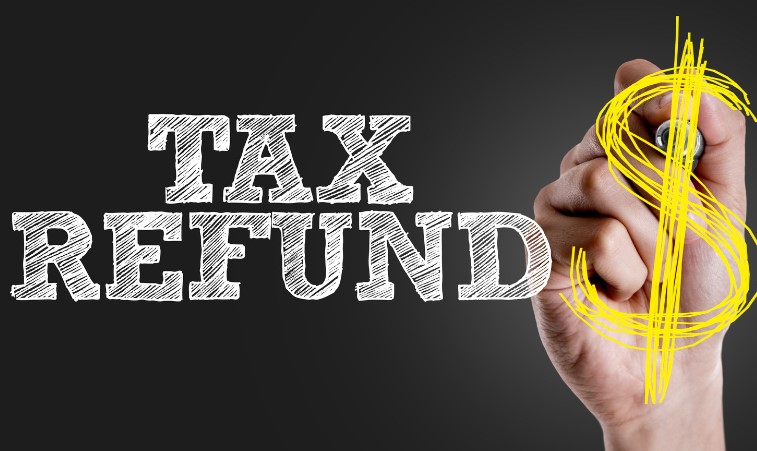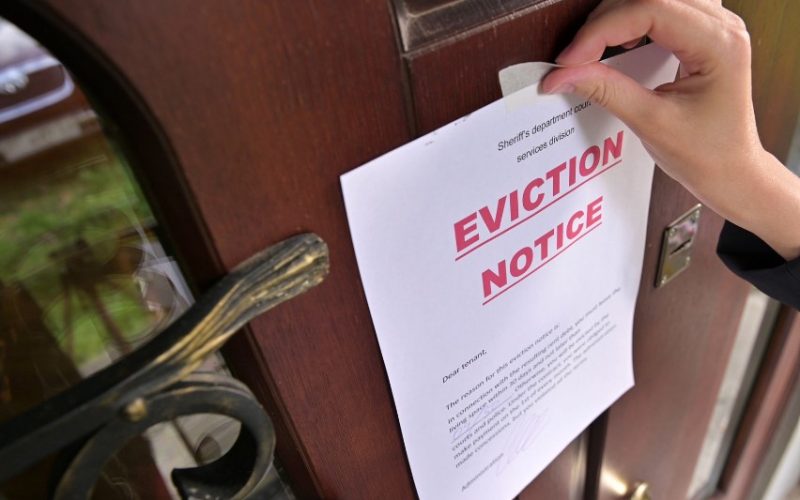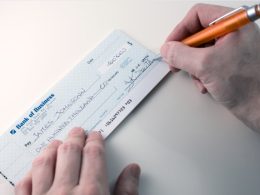Are you eagerly waiting for your tax refund in Canada? The anticipation can be overwhelming, especially if you’re unsure when to expect it. But don’t worry; we’ve got you covered! In this blog post, we’ll answer the burning question on every taxpayer’s mind – how long does it take to get a tax refund in Canada? We’ll also provide insights into filing taxes and checking on the status of your return.
So sit back, relax and read on to learn everything you need to know about getting your hands on that well-deserved tax refund!
How Long to Get Tax Refund in Canada?
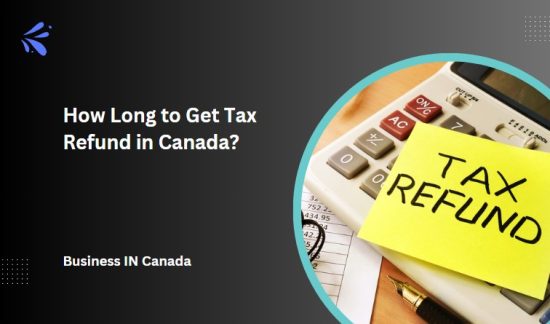
The timeline for receiving your tax refund in Canada can vary depending on several factors. Generally, the Canada Revenue Agency (CRA) processes most tax returns within two weeks to eight weeks of filing. However, if you filed your taxes electronically and signed up for a direct deposit, you could receive your refund within ten business days.
It can take longer if you file a paper return or receive a physical cheque instead of a direct deposit. In this case, the CRA may take four to eight weeks to process and issue your refund.
It’s important to note that these timelines are only estimates provided by the CRA. There could be delays due to various reasons, such as errors or missing information on your return, backlogs at the CRA processing center, or reviews conducted by auditors.
To avoid unnecessary delays in getting your tax refund in Canada, ensure all the required information is accurate and complete before submitting your return. Also, ensure that it’s submitted before the deadline, which is usually April 30th every year.
How to File Taxes?
Filing taxes may appear overwhelming, but it is not necessarily so. The first step is to gather all necessary documents, such as T4 slips, receipts for expenses and charitable donations, and any other relevant tax forms.
Next, decide how you want to file your taxes – whether that’s through a tax software program or with the help of a professional accountant. If you’re using a software program, input all your information accurately and double-check everything before submitting.
Fill out each section completely and legibly if you’re filing on paper. Remember that even small mistakes can cause processing delays or even penalties.
Don’t forget about deadlines! The deadline for most individuals to file their taxes is April 30th every year. However, the deadline may differ if you’re self-employed or have certain circumstances.
By following these steps and staying organized throughout the process, filing taxes can be manageable for anyone.
What Happens if You File a Tax Late?
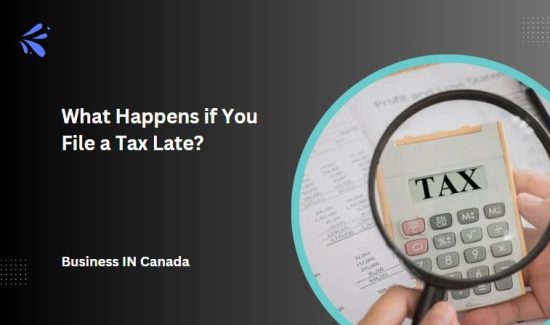
Filing taxes late can have negative implications for taxpayers in Canada. The Canada Revenue Agency (CRA) imposes a penalty of 5% on the balance owing plus an additional 1% for every month the tax return is past due, up to a maximum of 12 months.
The penalties are even more severe if you repeatedly file your tax returns late. In such cases, you may face a penalty of up to 10% on the balance owing and an additional 2% monthly for up to twenty months.
It’s important to note that these penalties only apply if you owe money or have a balance outstanding with the CRA. If the government owes you money, there won’t be any fines associated with filing late.
Late filers also risk delaying their tax refunds since processing times will be longer as compared to those who filed their returns before the April 30th deadline.
In summary, it is crucial for taxpayers in Canada not to miss the tax-filing deadline and ensure they submit their income tax returns on time.
How to Check on the Status of the Return?
After filing your tax return, you may be curious about when you will receive your refund. Fortunately, the Canada Revenue Agency (CRA) provides a convenient online tool for checking on the status of your return.
To check on the status of your tax return, log in to My Account on the CRA website. Then, select “View Returns and Notices” from the “Tax Returns” tab from there. You should see a list of all returns filed for that year. Clicking on a particular return will show its current processing status.
It’s important to note that it can take up to four weeks after filing before information regarding your return status is updated in My Account. Additionally, if you recently filed or made changes to your return, it may take longer before any updates are available.
If you prefer not to use online tools, you can also call 1-800-959-8281 and follow the automated prompts for refund inquiries.
Checking on the status of your tax return is easy with these options provided by CRA. However, remember that patience is key, as updates may take some time to appear.
Reason for Delay
There are several reasons why your tax refund may be delayed. One common reason is that there are errors or omissions in your tax return, which can cause it to be held up for further review by the Canada Revenue Agency (CRA). This could include missing information or incorrect calculations.
Another reason for the delay could be if you owe money to the CRA from previous years. In this case, they may use part or all of your refund to pay off any outstanding balances before releasing the remainder.
If you’ve recently moved and haven’t updated your address with the CRA, this could also delay receiving your refund. The agency will need to verify that they have the correct mailing address on file before sending out any refunds.
Delays can also occur due to high volume during peak filing times. If there’s a backlog of returns waiting to be processed at the CRA, it may take longer than usual for them to get around to reviewing yours.
There are many potential reasons why your tax refund might be delayed. Therefore, it’s always a good idea to double-check all of your information and ensure everything is accurate before submitting your return to minimize any potential holdups.
What Time does the CRA Deposit the Tax Refund?
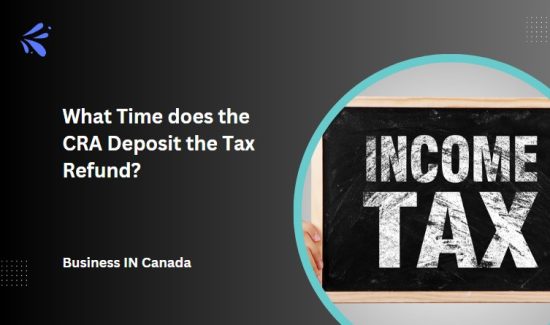
Many Canadian taxpayers are eagerly anticipating the arrival of their tax refunds. A common question arises: “What time will I receive my direct deposit from the CRA?”.
This question has no exact answer since it can vary depending on a few factors. However, generally speaking, you should expect your refund to be deposited within two weeks if you filed electronically and within eight weeks if you filed by paper.
As for the time of day when the deposit will occur, it’s hard to say since it can happen at any point during business hours. Typically, deposits are made between 9:00 AM and 5:00 PM Eastern Time on weekdays.
To ensure that your refund will be deposited as quickly as possible, make sure all information on your return is accurate and up-to-date. Additionally, consider opting for direct deposit rather than receiving a cheque in the mail, which can take longer to arrive.
While there may not be an exact answer to what time CRA deposits tax refunds in Canada, ensuring the accuracy of the information and choosing direct deposit are good ways to speed up the process.
How Long Does It Take CRA to Update the Direct Deposit?
After filing your tax return, you might be wondering how long it takes for the CRA to update the direct deposit. The good news is that once they have processed your return and approved your refund, it usually only takes a few business days for the money to show up in your account. However, there are some factors that can affect how quickly this happens.
One factor is whether or not you chose direct deposit as your preferred method of receiving refunds. If you opt for a paper check instead, it will take longer for the refund to arrive by mail.
Another factor is any errors or discrepancies in your tax return. In these cases, the CRA may need additional time to review and correct any mistakes before issuing a refund.
It’s worth noting that during peak tax season (February to April), processing times may be longer due to higher volumes of returns being filed. However, if everything checks out with your return and you chose direct deposit as your payment method, you should expect to receive your refund within two weeks of filing electronically.
Conclusion
As we come to the end of this article, it’s important to remember that the amount of time it takes to receive your tax refund in Canada can vary. While some people may receive their refund within a few weeks, others may have to wait several months.
It’s crucial that you file your taxes on time and accurately to avoid any potential delays or penalties. If you’re unsure about how to file your taxes properly, consider seeking help from a professional accountant or using online tax software.
FAQ – How Long Does it to Get a Tax Refund in Canada?
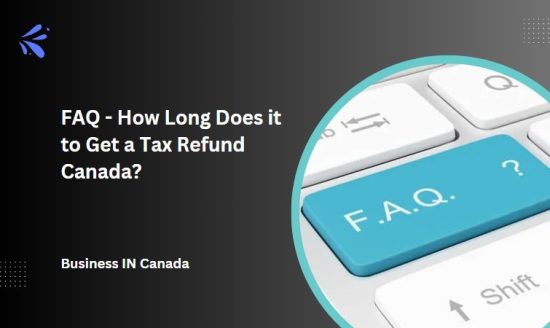
How do I know when my tax return will be deposited in Canada?
After filing your tax return, it’s natural to wonder when you’ll receive your refund. Luckily, the Canada Revenue Agency (CRA) provides a few ways to check on the status of your return and track when you can expect to see the deposit in your bank account.
One way is through the CRA’s My Account portal, where you can view and manage all aspects of your tax information. Once logged in, select “View Returns” and then “Refund Status” to see any updates on processing your return.
Another option is to use the CRA’s automated phone service by calling 1-800-959-1956. You will need to provide personal identification information as well as details about your tax return before being able to inquire about its status.
If you opted for direct deposit during e-filing or paper filing, keep in mind that it may take up to two weeks after receiving notice from CRA that they have processed their refund before seeing funds deposited into their account. If opting for mail delivery, allow additional time for delivery via Canada Post.
Checking on the status of your tax refund is easy with various options provided by CRA.
How much taxes will I get back if I make $30000 a year in Canada?
If you make $30,000 a year in Canada, your tax refund will depend on various factors such as deductions and credits. The amount of taxes deducted from your paycheque throughout the year also plays a role in determining your tax refund.
Firstly, it’s important to note that everyone’s financial situation is unique. Therefore, there isn’t an exact answer for how much tax refund you’ll receive if you make $30,000 per year.
However, we can use some general numbers to estimate what your tax refund might look like. For example, according to the Canadian Tax Calculator website, someone earning $30k per year and claiming zero deductions or credits may expect to receive around $1,785 back in taxes.
On the other hand, if you have significant deductions or credits such as RRSP contributions or medical expenses that are eligible for reimbursement by CRA – your overall taxable income would reduce significantly, resulting in higher refunds at the end of the fiscal period.
Remember, though – this is just an estimate based on general calculations, and many different variables could impact this amount, so be sure to consult with a professional accountant for accurate information pertaining specifically to individual circumstances.
How do I check my refund status?
After submitting your tax return, you may be wondering when to expect your refund. The CRA has made it easy for taxpayers to check the status of their return through their online portal, My Account.
First, log in or register for My Account on the CRA website. Once logged in, select “View Returns and Notices” from the main menu and then choose “Income Tax Returns.” You will see a list of your filed returns with their corresponding assessment status here.
If your return is still being processed, the status will show as “Received.” If it has been assessed and a refund is owed, it will display as “Assessed” with an amount owed or refunded. If there are any issues with your return that require attention or additional information from you, the status will show as “Action Required.”
It’s important to note that while most returns are processed within two weeks of filing electronically or eight weeks if filed by mail, some can take longer due to various factors, such as incomplete information.
By regularly checking your refund status on My Account, you can stay informed about when to expect your refund and address any issues promptly if they arise.
Does CRA track cash deposits?
The Canada Revenue Agency (CRA) has the power to track cash deposits made by individuals, businesses, and other entities. This is because large cash transactions can potentially indicate tax evasion or money laundering.
How long does it take for CRA to pay out?
If you file online, the CRA will send your refund within two weeks; filing on paper will take eight weeks.




